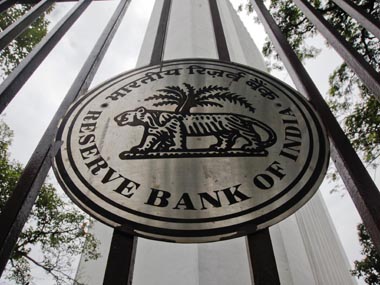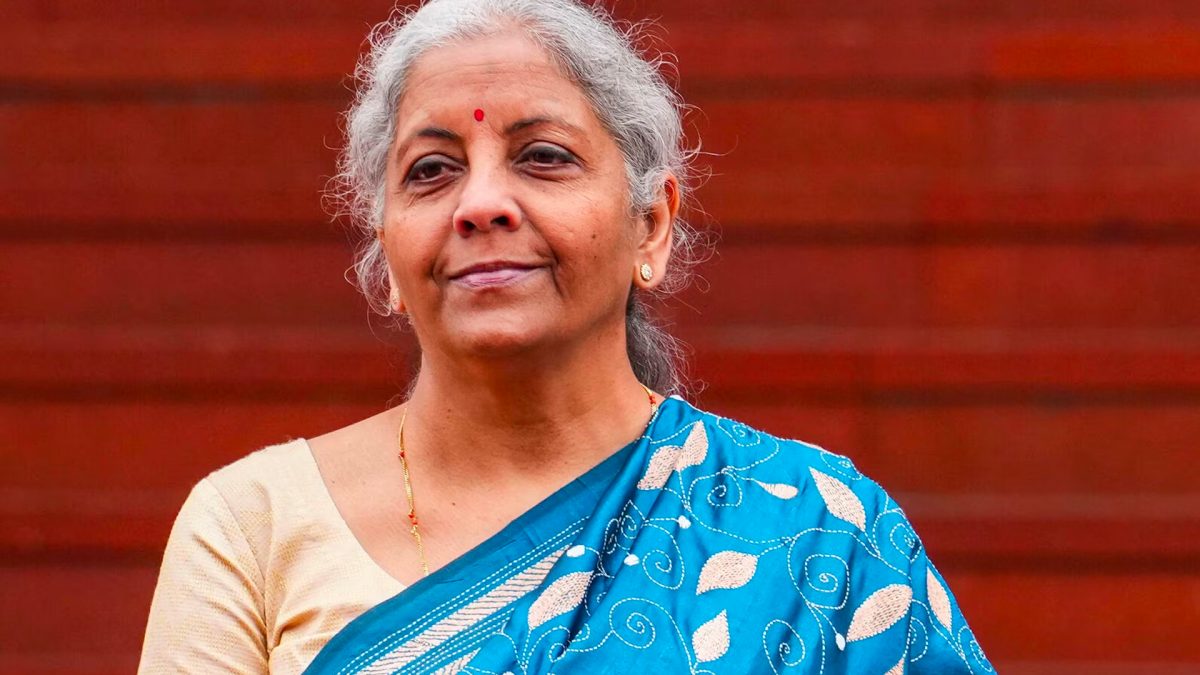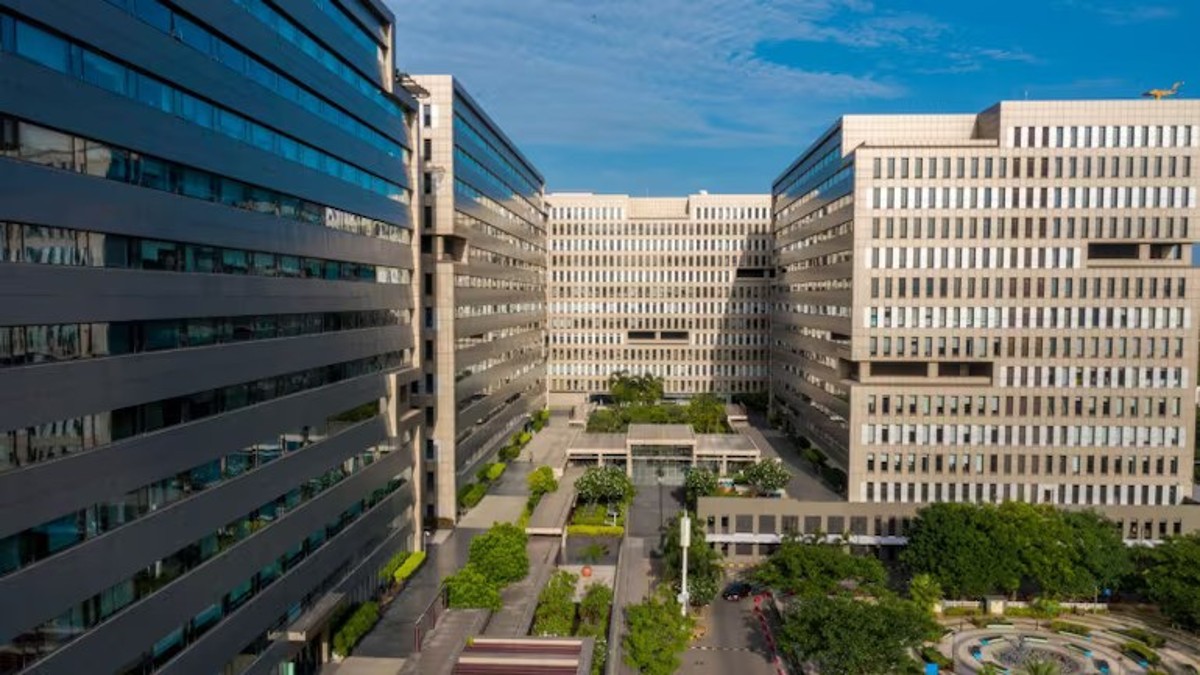Mumbai: Theoretically, trends in the wholesale price inflation (WPI) numbers do not command much attention these days.
It doesn’t figure in the primary scheme of things of the Reserve bank of India (RBI), which look for retail inflation trends for policy formulation, the economists or the media.
But, the entry of the January WPI to the negative territory indeed offers insights to the inflation trends at producer levels and that of broader basket of manufactured items.
If this trend sustains in the retail prices, the next rate cut by the RBI in its April policy is somewhat guaranteed.
A closer look at the WPI fall to negative 0.39 percent in January compared with a nearly flat rise (0.11 percent) in December, tells us that almost all major components have shown a downward bias. The decline in inflation was mainly led by fall in fuel inflation by negative 10.7 percent on a year-on-year basis from negative 7.8 percent in December. One should thank the lower global commodity prices for the lower fuel inflation numbers.
Given that commodity prices are likely to stay at lower levels in the foreseeable future, this should reflect in retail prices as well, unless big external shocks happen globally.
The only component that spoiled the party was the food inflation, which rose by 8 percent on a year-on-year basis compared with 5.3 percent in December. One of the reasons for the spike in food inflation is the base effect. In the corresponding period in the last year, there was a sudden fall in the food inflation.
The spike food prices were an outcome of rise in the prices of grains and vegetables. But, this was effectively outweighed by the fall in fuel prices. If the Rabi harvests come good, the pressure on food inflation wouldn’t be much in the approaching months, which will help easing of overall inflation.
Also, what is more important to note is the moderation in the core inflation numbers in WPI. The core part of the WPI, or non-food, non-oil manufacturing inflation, too has eased to 0.9 percent from 1.5 per cent in December, would give more comfort to the RBI to ease rates.
Some economists do not rule out a mid-policy rate cut provided Union Finance Minister Arun Jaitely gets his budget formula right to offer a clear, convincing fiscal consolidation roadmap in the 28 February Union Budget.
This is something, time and again, RBI had stressed as a precondition to effect monetary easing. If indeed Jaitley fulfills the promise in budget, the next rate cut is fairly certain in April, or even before that.
The January WPI numbers reaffirms that belief.


)




)
)
)
)
)
)
)
)